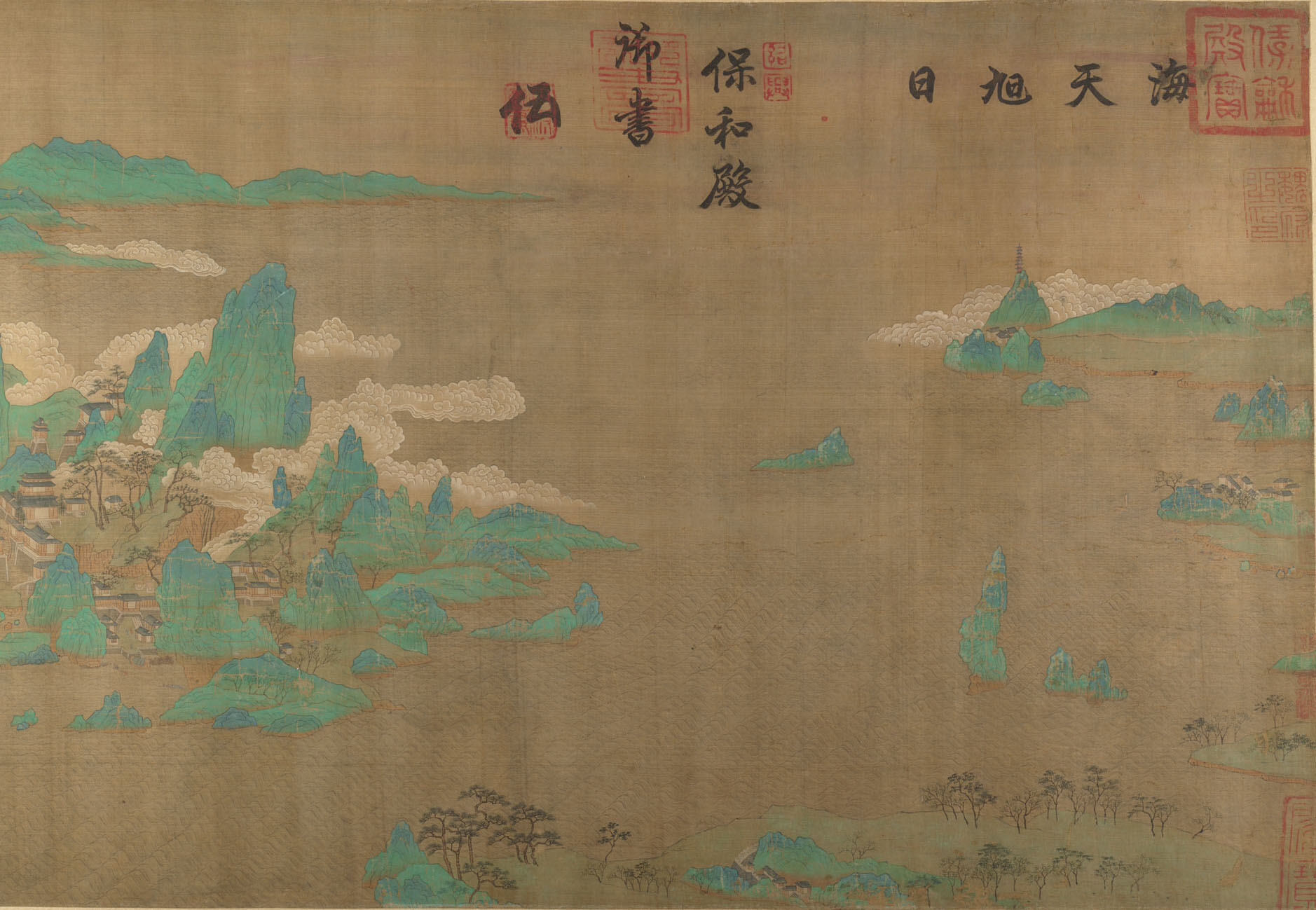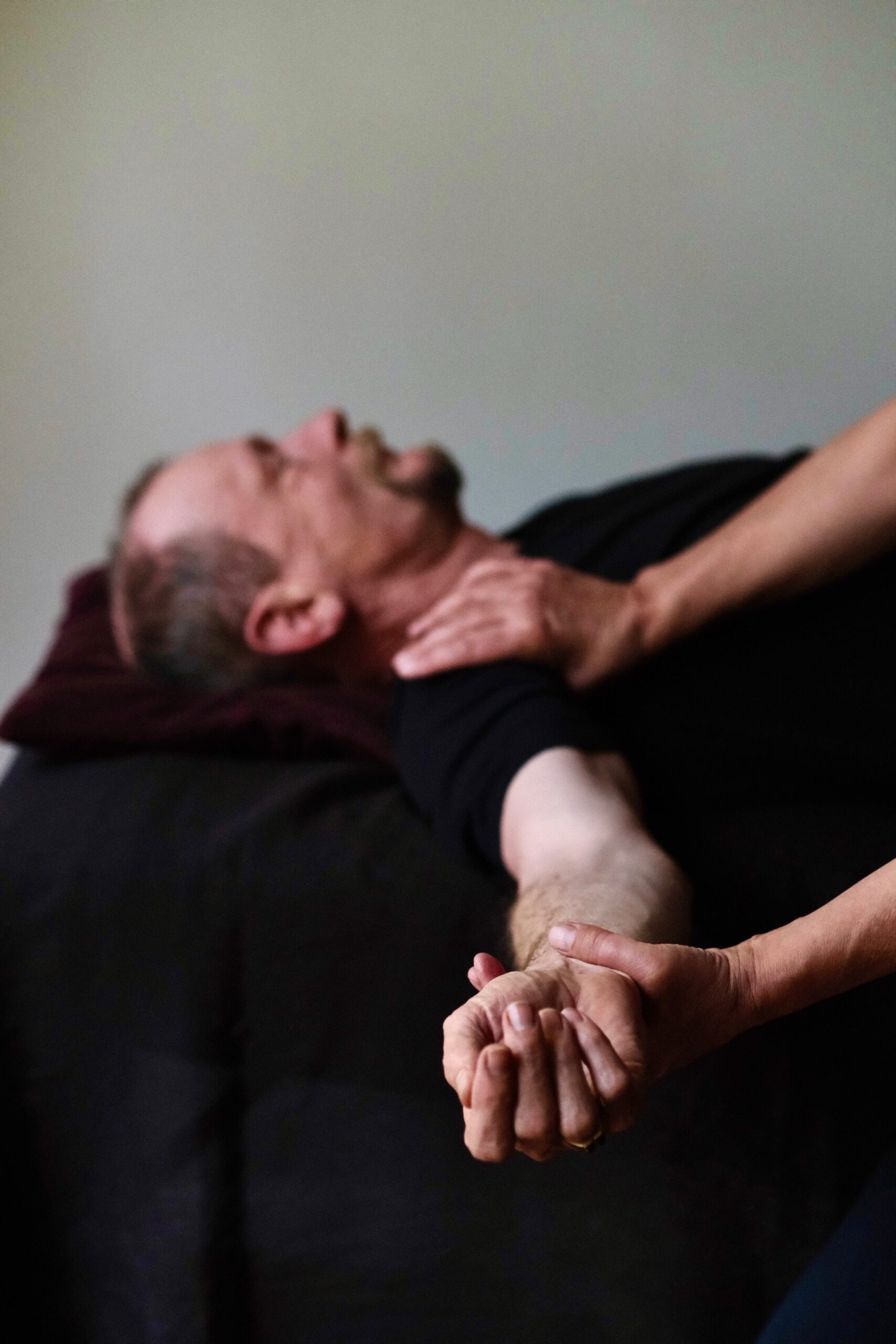What is Qigong Tuina?
Qigong Tuina
Qigong Tuina can be understood within the framework of Chinese medicine and its emphasis on Yin and Yang, the Five Elements, as well as the system of meridians and acupressure points. Furthermore, it is used in conjunction with Chinese observation techniques and questioning that are designed to give a holistic impression of the patient’s condition.
Mind and Body
In Qigong Tuina there is no separation of mind, body, or the emotions; we are treating the whole person.
This philosophy has evolved experientially over many hundreds of years as a result of study, practice, and observation.
The Theory of Traditional Chinese Medicine
TCM embraces the concept of the meridian system and of acupuncture points along the meridian lines. Through stimulation one improves the free flow of Qi moving along these pathways. The Five Elements are a comprehensive template that organizes all natural phenomena into five master groups or patterns in nature.
Each of the five groups—Wood, Fire, Earth, Metal, and Water—includes categories such as a season, a direction, climate, stage of growth and development, internal organ, body tissue, emotion, aspect of the soul, taste, color, sound… the categories are seemingly limitless.
The Five Elements include the internal organs, and the interconnected relationship between them.
Elemental Factors
In the preparation of a treatment with Qigong Tuina we are paying attention to factors such as dampness, wind, heat, cold, and stagnation. To what degree these are present in the body informs the practitioner’s understanding of the overall condition of the person.
What about Qi
Traditional Chinese medicine bases its healing techniques on the understanding of Qi. The Qigong Tuina therapist is trained to sense Qi, the basic life energy.
Qigong Tuina is the set of manual techniques to move this energy to good effect.
Habitual patterns of the physical and postures; as well as psycho-emotional mechanisms.
Due to physical and emotional strain, repetitive movements, habitual patterns, and habits of standing, sitting and moving, our bodies and minds develop dysfunctional and characteristic patterns of strain. Shortness or tightness in tissues and related muscles, and asymmetries within the body as a whole create a disruption in the flow of the meridians (Qi pathways) and are, therefore, tensional forces. These may ultimately lead to suboptimal choices in movement and negatively impact the function of the organs. This dynamic is among the root causes of pain, pathologies, discomfort and other types of dysfunction including emotional and behavioral issues. Over time, with repetition, these patterns can worsen, which lead to further limitations. With Qigong Tuina we can reverse this process.
During a series of treatments, one can connect with these seemingly unrelated restrictions that lie hidden in different parts of your body and mind. As one feels and understands them, one releases the pain and a transformation occurs. As the restrictions are released, you become more present in your life and are more likely to make conscious life choices that will benefit you.
What happens if I have a Western medical treatment?
Qigong Tuina treatments don’t interfere with other medical treatments. But it is helpful to inform the Qigong Tuina practitioner about Western medical treatments you are receiving. Qigong Tuina speeds up the healing process, improves the all over energy level in the body, the circulation, as well as the lymphatic system and diminishes stress related symptoms.
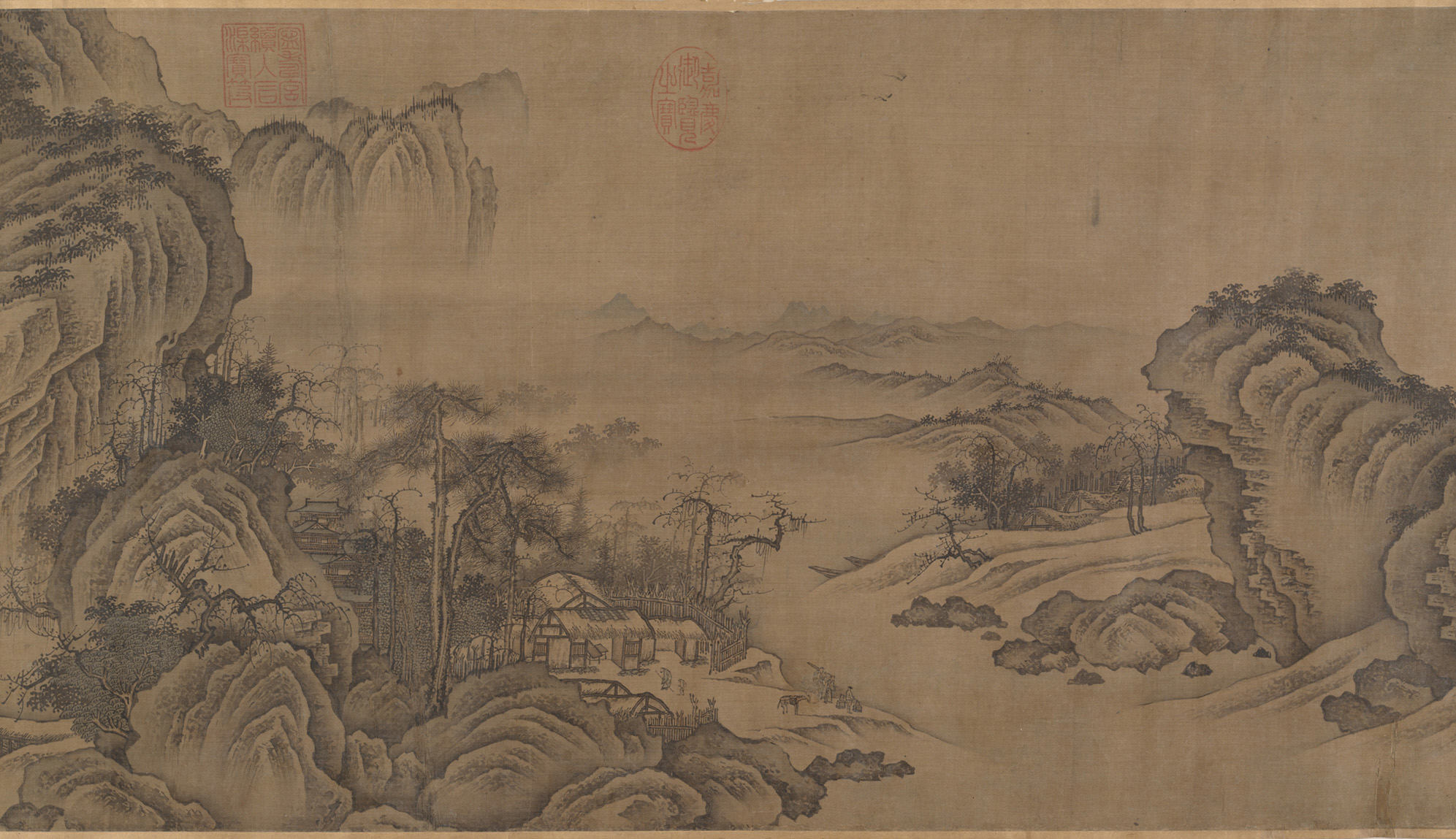
What is Qigong, Moxibustion & Sotai?

“Qi” (pronounced chee), means air, breath of life, or vital energy that flows through all things in the universe. Qi is an invisible force that creates change. Feeling Qi is feeling change.
As long as energy flows, disease cannot enter.

“Gong” means the skill of working with, or cultivating, self-discipline and achievement.
Together, Qigong means the skill of cultivating vital energy, or the ability to work with the electromagnetic energy of the body.
Qigong is a mind-body practice that improves one’s mental and physical health by integrating postures, movement, breathing techniques, and focused intention.
Qigong exercises are tools for external & internal strengthening. The resulting deep relaxation furthers harmonious breathing.
There are many different exercises of Qigong that suit different situations: maintaining or restoring health, sensing Qi in others as a practitioner, or preparing to perform in Tai Chi or a Martial Art.
According to each individual condition, I also teach a few simple yet very efficient Qigong movements. They will stimulate the circulation of your internal energy, promote self healing, and develop your vitality.
The Chinese system of organs, meridians, and their interrelations presents a fascinating perspective and efficient approach to your well-being.
What People Say About Qigong, A Moving Meditation Practice
Qigong energy movements are similar to Tai Chi but are more simple and health-focused; they consist of moving meditation, gentle meridian stretching, and energy building exercises that get your blood and Qi moving for better emotional and physical health.
People report feeling profoundly relaxed, destressed, and very calm; participants are often pleasantly surprised at the tangible physical and emotional changes after practicing Qigong for several weeks.
Moxibustion
Moxibustion (or “moxa”) involves burning dried mugwort leaves on or over acupuncture points. It can be done as an adjunct to Qigong Tuina or as a standalone therapy. Warming and pleasant to receive, its penetrating healing effects reach deep within the body.
Additonal benefits of moxibustion include boosting immunity, improving energy, and enhancing mood. Scientific research has found that it:
- Increases white blood cells, red blood cells, and platelets
- Changes the chemical composition of blood to more alkaline (anti-inflammatory)
- Helps regulate blood sugar
- Increases the activity of the adrenal gland.
Sotai
Sotai means handling or movement of the body to restore good health. Sotai balances the body, relieves pain, and improves general mobility.
It is a Japanese technique for postural correction that nicely complements Qigong Tuina. It is based on the philosophical theory of Kenzo Hashimoto, who considered the human body as a dynamic architecture whose operation is not defective when the living standard is healthy.
The SOTAI method consists of gentle exercises facilitated by the practitioner combined with the patient’s breathing and movement.
As a therapeutic method, it is soft and relaxing. Practicing and performing SOTAI exercises , you can retrieve the correct alignment of the spine and achieve an optimal state of physical and mental health.
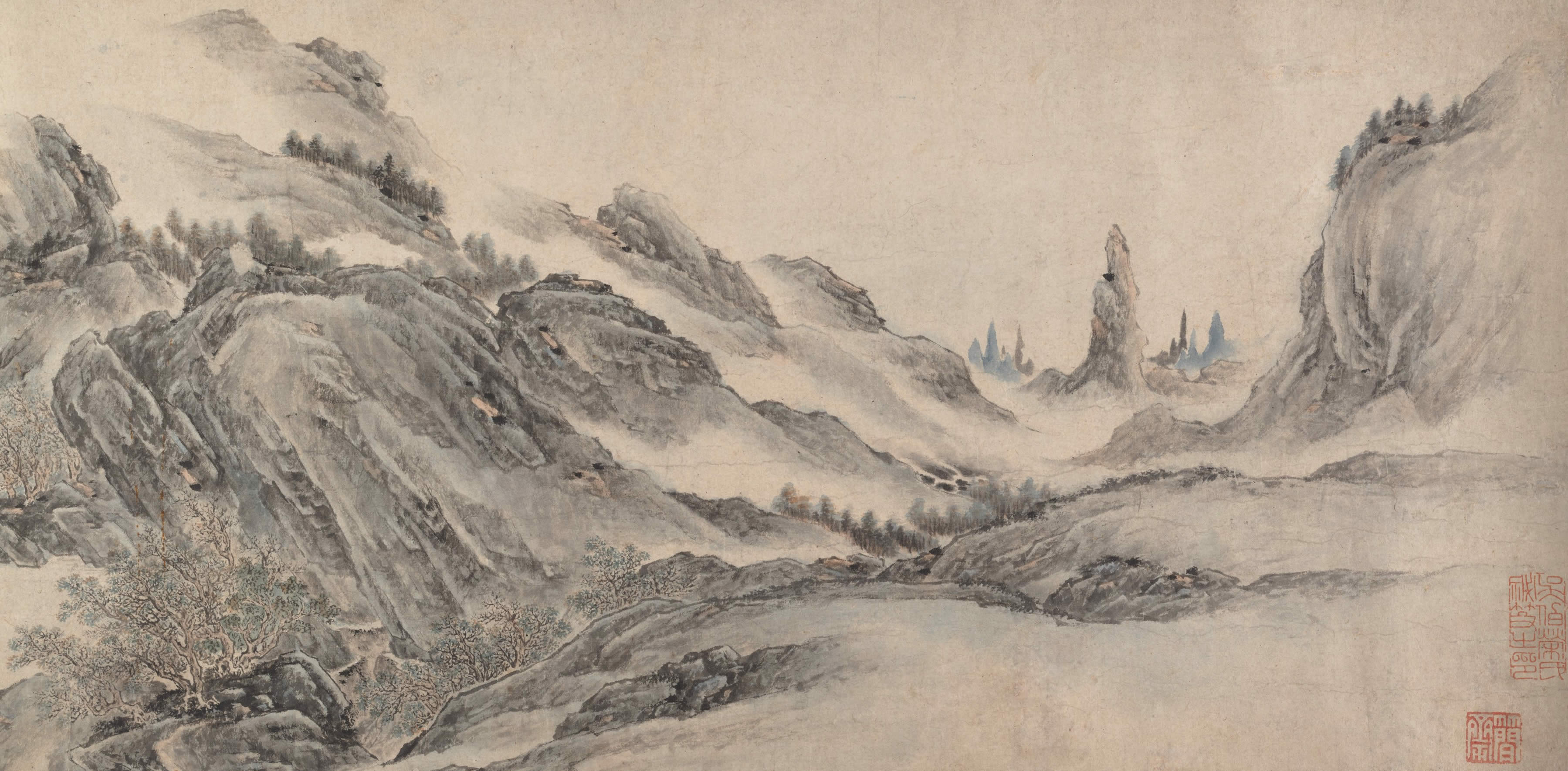
about Ana Fuchs
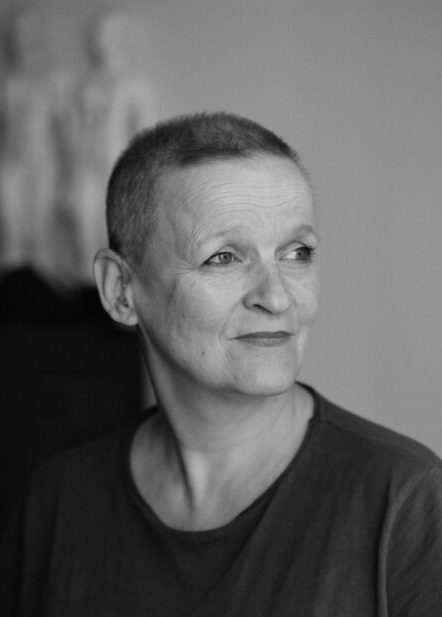
Ana Fuchs
As a child I fell seriously ill, we were on a trip in Nepal. Western medicine was out of resources. But, I was treated successfully with Tibetan Medicine & Traditional Chinese Medicine. The wisdom and genuine kindness of those doctors left a profound impact on me and soon found me studying meditation, Qigong Tuina and TCM – for over 30 years now.
These ancient disciplines made a profound difference in my life, bringing more space, connection, and harmony to the body-mind.
I came to realize that it was people’s sanity, balance & strength; emotional and physical health, that I was most passionate about.
Curriculum vitae
I enrolled 1991 at the Dao Institute, Marburg, under the auspices of Kiku Zutrau-Miyasaki, the head of the Boston Shiatsu School. After graduating in 1996, I completed the post-graduate training at the Norwich Shiatsu College, England under Clifford Andrews, Paul Lundberg and Carola Beresford-Cooke in 1997.
Thereafter I went to Paris, France and enrolled at Institut Chuzhen to deepen my knowledge of Traditional Chinese Medicine. On the faculty were some of the most respected Chinese TCM professors. This is where I trained in Chinese Herbs as well as Acupuncture.
Then furthermore at the Institute Chuzhen; Professor Bai Yunqiao, the renowned Qigong Tuina master taught a graduate class. I got accepted in the class where he was presenting his technique in depth to a small group of advanced students.
After many years of learning and exploration Bai’s Qigong Tuina techniques methods, Bai’s treatment approach became my method of choice. A safe process, comfortable and no side-effects, treats illnesses without using medicine or needles.
In 2017 relocating to NYC and was fortunate to connect with Dr. Nan Lu, OMD, a high-level Qigong Grandmaster and expert Acupuncturist.
I deepened my study of Qi Gong as well as TCM under him and am certified to teach The Dragon’s Way Qigong as well as Breast health classes based on his unique, traditional martial arts system, the Wu Ming Taoist lineage.
Along with Qigong Tuina treatments, I teach personalized medical Qigong exercises, suitable to the person’s condition.
It’s a real pleasure and honor to be able to offer the healing techniques I have come to study and trust.
I shall be delighted to help you to nurture your own capacity for healing.
- Since 2018 in regular Qigong Training programs with the Taoist Master and Traditional Chinese Medicine Doctor, Nan Lu, OMD, with the Tao of Healing School in New York City.
- Qigong Training under the supervision of Eva Wong in the Limitless Gate School.
- 2002-16 studied Qigong-Tuina with Bai Yunqiao
- 2000-07, continued studies at Institut Chuzhen, Paris de Traditional Chinese Medicin.
- 1997, post-graduate diploma at the Norwich Shiatsu College, England.
- 1996 Graduate Boston Shiatsu School, USA. The diploma includes Sotai and Moxibustion.
What happens in a Qigong Tuina treatment?
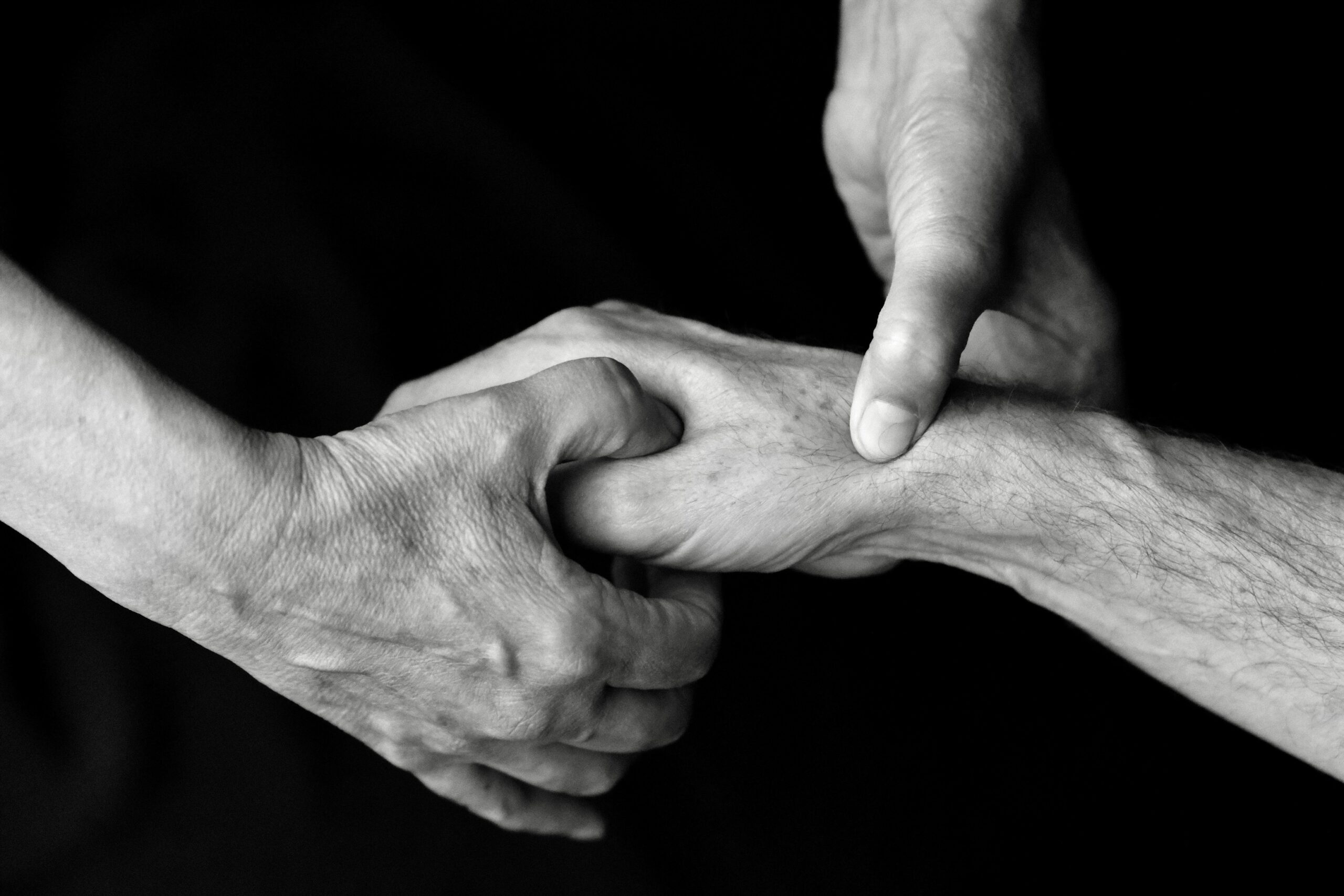 In Oriental Medicine, all disease is caused by an imbalance in the flow of Qi in the body. This blockage of Qi can manifest as pain, weakness, organ dysfunction, or mental symptoms. By harmonizing the flow of Qi, your body will enact its innate healing abilities. The Qigong Tuina practitioner has developed the Qi in his hands. When they touch your body, you will feel a warm, dry hand that produces a relaxing effect.
In Oriental Medicine, all disease is caused by an imbalance in the flow of Qi in the body. This blockage of Qi can manifest as pain, weakness, organ dysfunction, or mental symptoms. By harmonizing the flow of Qi, your body will enact its innate healing abilities. The Qigong Tuina practitioner has developed the Qi in his hands. When they touch your body, you will feel a warm, dry hand that produces a relaxing effect.
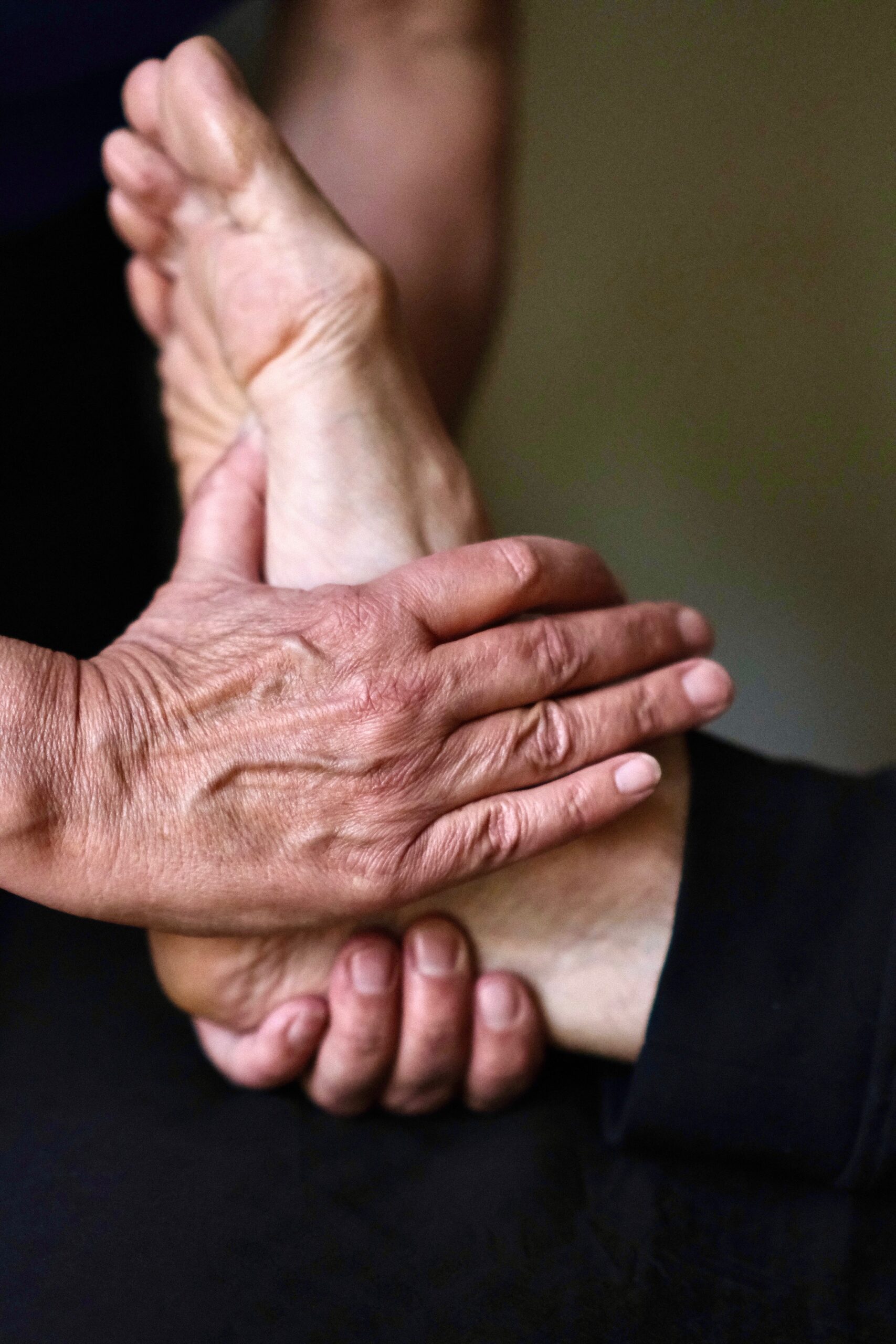
We use acupuncture points on the body to adjust the flow of Qi in specific meridians or to release a specific point that is blocked. The Qi harmonizing techniques can properly balance the more subtle flow of energy in your body and relax your mind and body. The results will leave you feeling energized and stronger.
Testimonials
I particularly appreciated Ana‘s highly effective shiatsu first and then qigong tuina massage treatment. Her approach is holistic and sensitive. You come away with the impression of having received a deep treatment, thanks also to her natural empathy and constantly renewed personal research and training…
Back in Paris, 2005 when I was suffering from severe depression and anxiety. I contacted her at first because I wanted to slow down my intake of medicine and reduced its side effects. She helped me tremendously, without judgment, and I could stop the medicine completely six months later. I kept getting massage treatments from her regularly, then on each of my Paris visits when I moved to North America. Years later, I was lucky that we both lived in New York so I could do regular sessions again. Ana’s wisdom is rare, she knows how to enjoy life, meanwhile caring about ourselves and others. She is very knowledgeable though she is so humble. I also love that we can talk about world travel experiences and art in a deep way. I feel fortunate that my life path has crossed hers!
I first met Ana through Qigong – she is someone with true humility, the foundation of such an open mind and heart. Her skills, knowledge and dedication to practice are profound, yet she does not let this obscure the moment to moment awareness and wisdom needed to do healing work. She worked with me before, during, and after colon cancer, giving me invaluable support during such hard times. More recently, when I incurred severe nerve damage to my spine in a surgery – and I tried everything possible and all the local bodyworkers (as I was not near her) – she visited my area and the qigong tuina was the first work that I felt made a significant difference to my condition of arachnoiditis and epidural fibrosis. I wish I were nearby her now, and cannot recommend her more highly, also as someone to listen to and reflect on what is going on in your life
Ana is one of the most talented Qigong Tuina bodyworkers I know. Ana has a wealth of knowledge of experience, skills and knowledge in health, she knows to support you best in your body healing journey. I am super grateful for her massage treatments they really make a difference.
When I am looking for a bodyworker (or any other healing practitioner), the most important qualities are presence and compassion. Ana embodies these 2 most beautifully. Then the body, being can relax deeply, and self healing power is available.
If you care for sensitivity compassion, presence, knowledge and expertise in a bodyworker – I can only recommend Ana.
